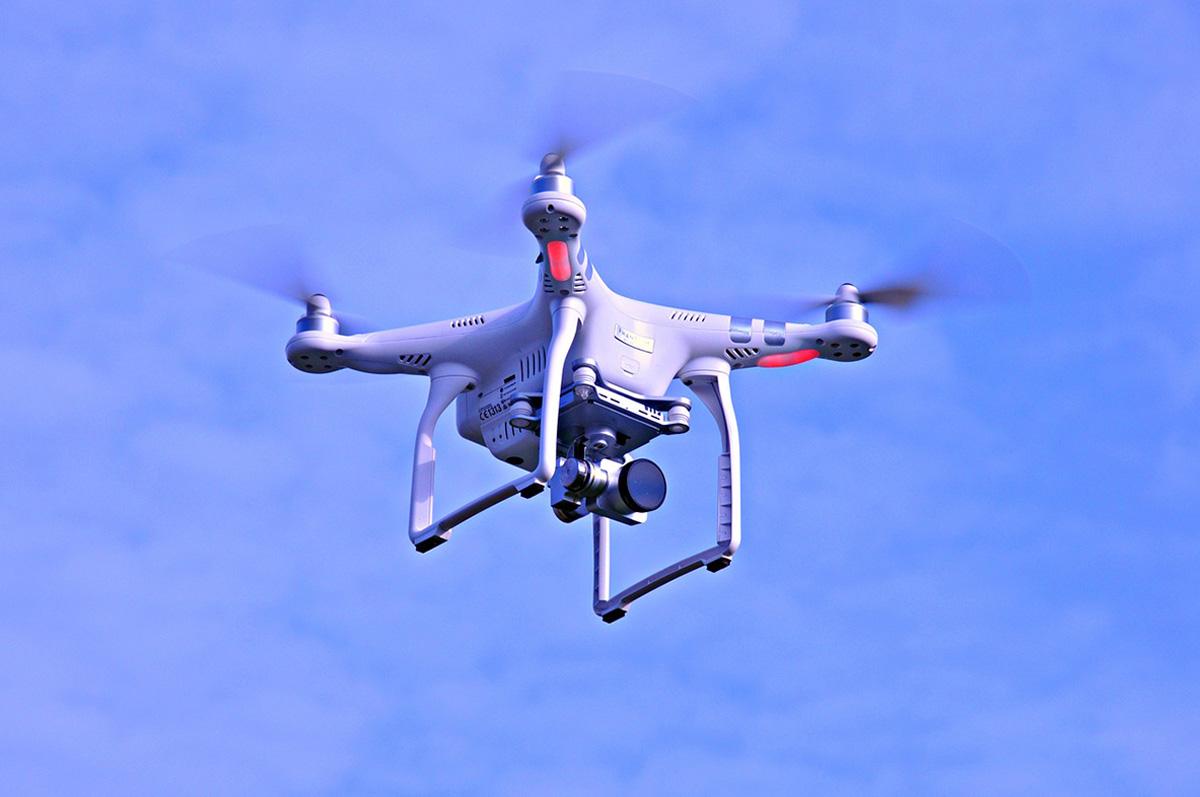The world of drone technology is ever-evolving, and the latest advancements in battle drones are truly remarkable. These cutting-edge machines represent the pinnacle of modern warfare capabilities, combining sophisticated engineering with state-of-the-art features. In this exploration of battle drones, we will delve into their advanced functionalities, operational purposes, and potential future developments.
Unpacking Battle Drone Technology
Drones designed for combat scenarios are equipped with a plethora of features that enhance their effectiveness on the battlefield. Firstly, battle drones boast superior flight agility, allowing them to navigate complex environments with ease. This high maneuverability is a crucial asset during military operations, where quick, precise movements can determine the outcome of engagements.
Moreover, these drones come with advanced stealth capabilities. Minimizing detection by radar systems ensures that battle drones can operate under-the-radar, executing missions discreetly without alerting adversaries.
Another significant feature is their comprehensive surveillance systems. Equipped with thermal cameras, night vision, and real-time data transmission, battle drones serve as critical information-gathering tools. They provide operators with unparalleled insights into enemy movements and environmental conditions.
Combat and Beyond: Versatile Applications
The applications of battle drones extend beyond traditional combat. They are employed in reconnaissance, delivering real-time intelligence, and are instrumental in search and rescue missions. Their ability to fly over disaster-stricken areas, assess damage, and locate survivors makes them invaluable in humanitarian efforts.

Furthermore, the integration of AI technology propels these drones into a realm of autonomy. They can perform complex tasks without relying extensively on human intervention, optimizing efficiency in executing operations.
Future Prospects of Battle Drone Technology
The future of battle drones looks promising, with continued advancements in AI, materials science, and energy efficiency. Future models are expected to be even lighter, faster, and more durable. Researchers are working to enhance the decision-making processes within AI systems to help drones adapt to rapidly changing combat scenarios.
There’s also exploration into renewable energy sources to power these machines, minimizing their carbon footprint while extending operational longevity. As technology progresses, battle drones might soon become integral to both military strategies and civilian applications.
FAQ
- Are battle drones solely used in warfare?
No, they have broader applications, including disaster response and intelligence gathering.
- How do battle drones remain undetected?
Through advanced stealth technology and low radar signature designs.
- What role does AI play in battle drones?
AI helps in automating complex tasks, enabling drones to make decisions based on environmental and combat data independently.